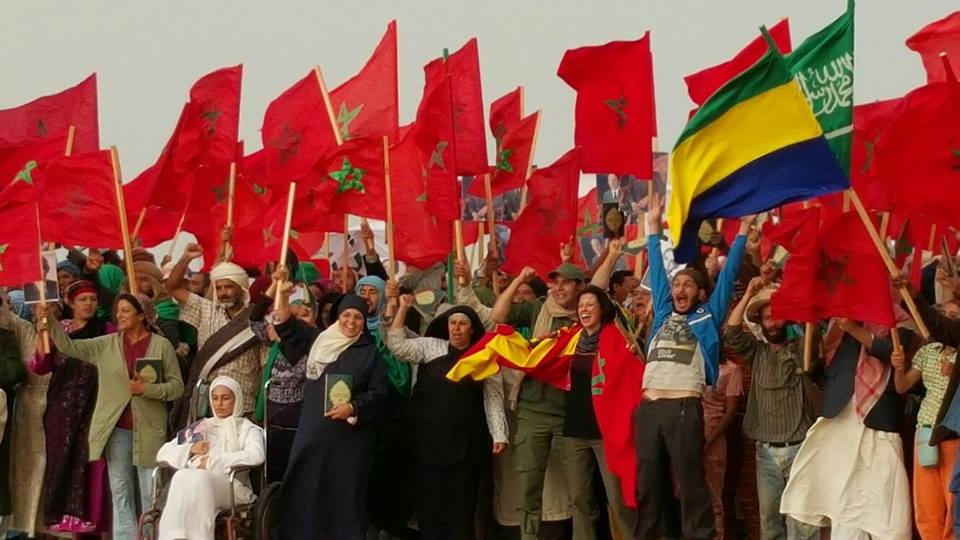This month sees the 48th anniversary of The Green March, a historical event engraved deep in the Moroccan soul – and a unique chapter in the country’s ongoing quest for the full recovery of its southern provinces, originally part of Morocco’s pre-colonial territory.

It commemorates a mass demonstration in November 1975, coordinated by the Moroccan government and army. To force Spain to hand over the disputed province of Spanish Sahara to Morocco. The non-violent demonstration of some 350,000 Moroccans advanced several kilometers into the Western Sahara territory. Morocco later gained control over most of the former Spanish Sahara, which it continues to hold.
Following its independence from France in 1956. Morocco asserted its claim to the Spanish Sahara (now known as Western Sahara). The historical allegiance of local nomadic populations in the region to the Moroccan monarchy rooted the claim. To achieve this ambition, the late King Hassan II pledged to collaborate closely with the leaders of Algeria and Mauritania.
On 6 November 1975 approximately 350,000 Moroccans converged on the city of Tarfaya in southern Morocco. They also waited for a signal from King Hassan II to cross into the region of Saguia El Hamra. They held portraits of King Hassan II, the Qur’an, and flags of Morocco, Jordan, the United States, and Saudi Arabia. The colour green is a symbol of Islam, this religious significance gave it’s name to the “Green March”.
Rabat – The Green March stands as an extraordinary chapter in the history of Morocco (and North Africa) and symbolizes the peaceful resolve of the Moroccan people.
Today this historic event, which took place on November 6, 1975, is commemorated annually as a national holiday in Morocco.


